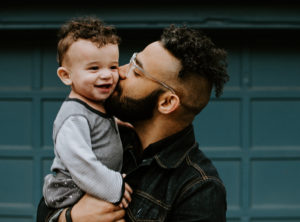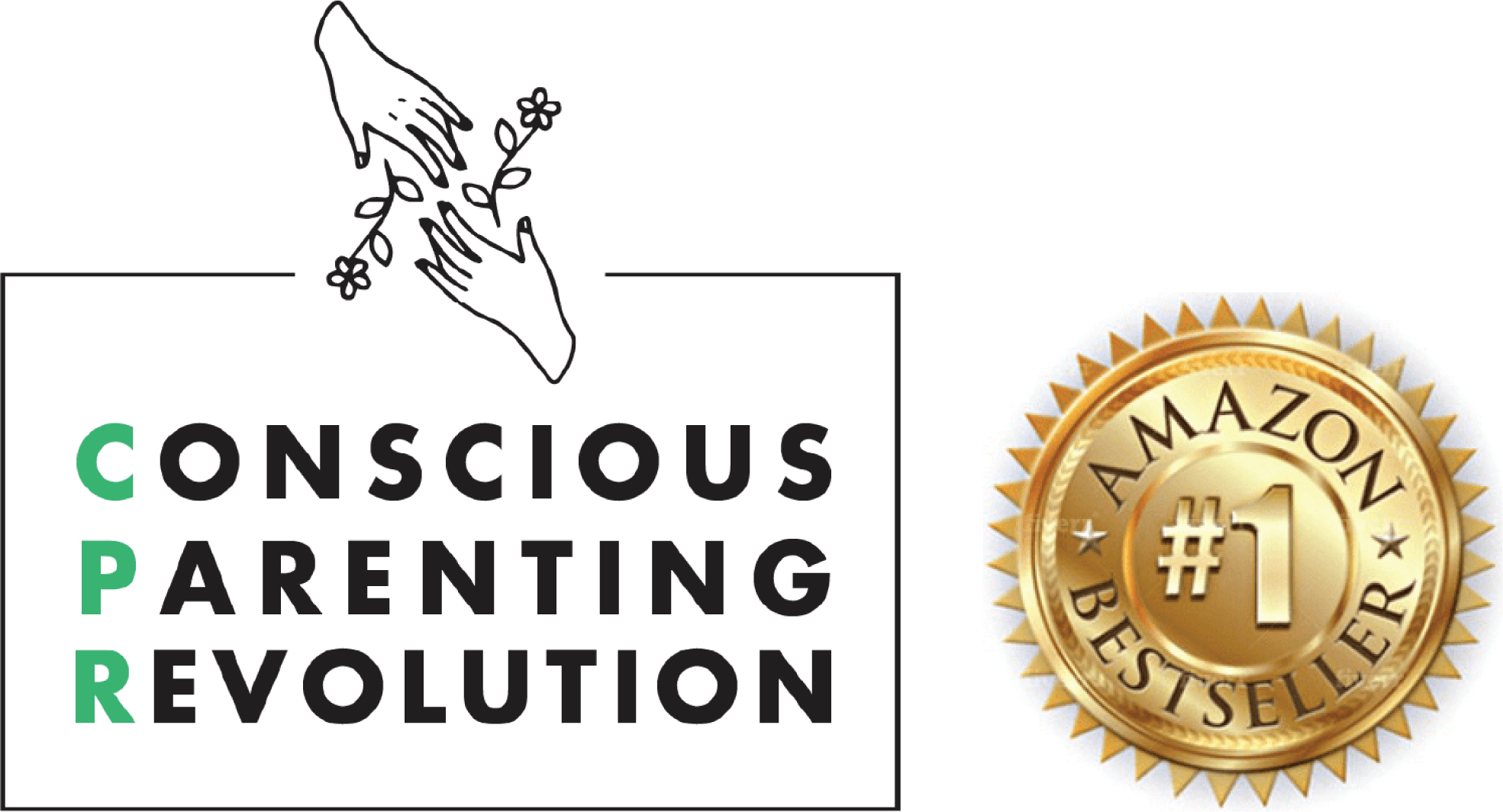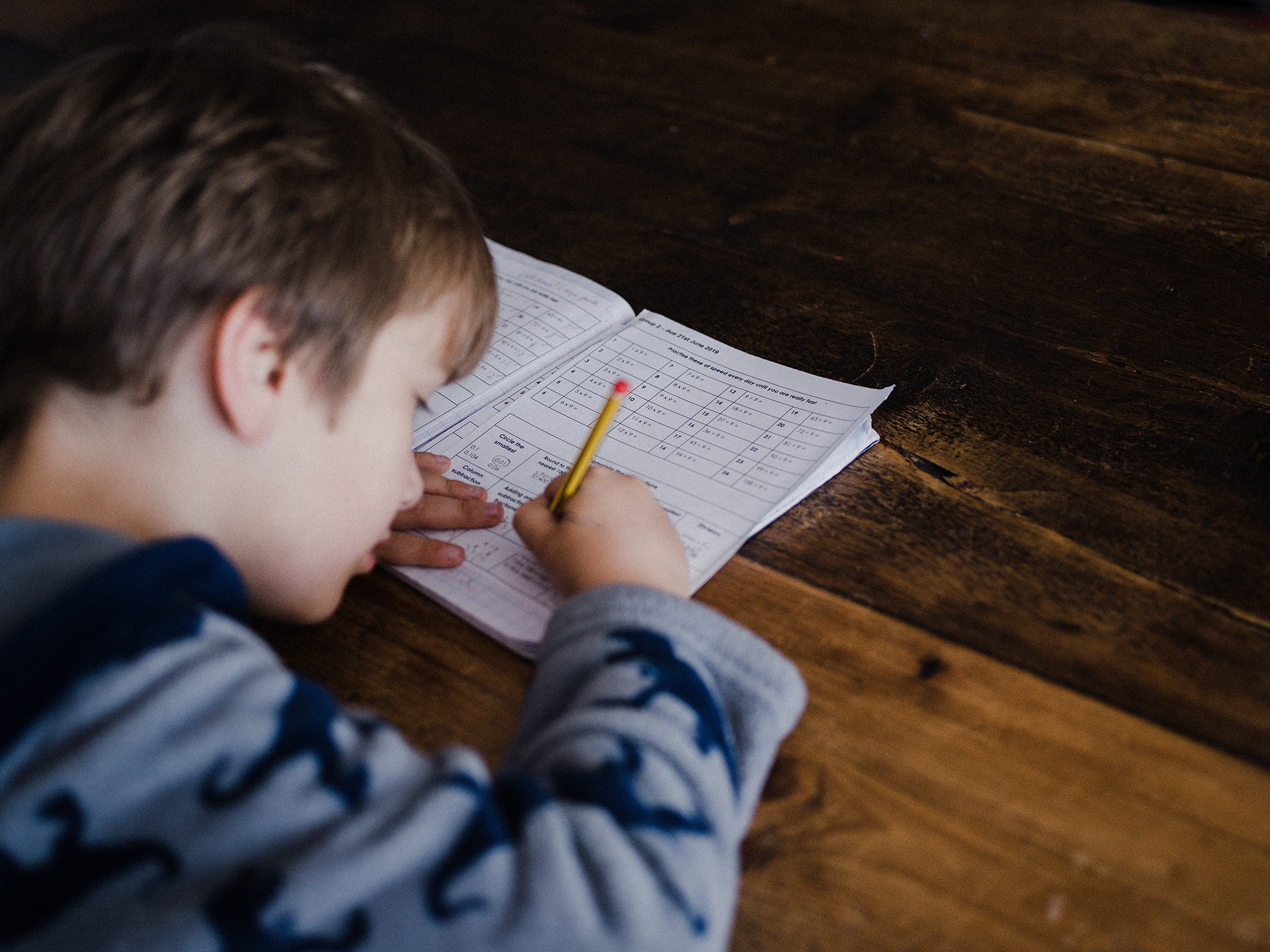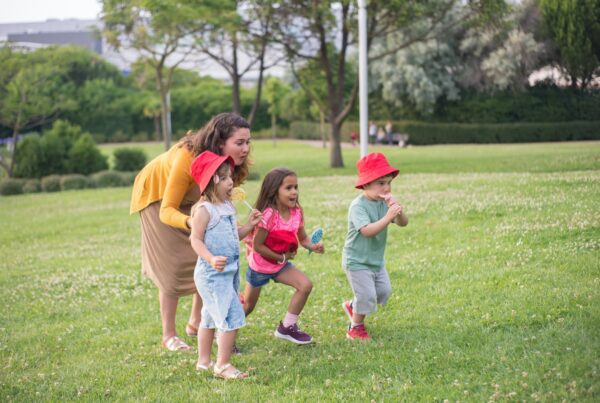2020 has presented parents with previously unimagined difficulties. The effects of coronavirus and the lockdown are all presenting parenting with new challenges. Keep reading to see why I believe implementing a guidance discipline approach will help ease your stress.
Normal temper tantrums at the grocery store now seem even worse than they did at the start of the year as parents try to help children through these uniquely troubling times. Disciplining is harder than ever, and as parents, we want reassurance that we are doing the right thing.
There’s an essential distinction between discipline and guidance, and parents must know the difference. For starters when people use the word discipline everyone understands that to mean authoritarian discipline. It doesn’t occur to anyone that there is another way.
Discipline is ultimately giving in to authority and guidance is helping the child to find their own controls and means of behavior as they slowly enter the adult world. A holistic, guiding approach provides a growing child with a sense of self-control and a skill set to apply to different scenarios. Guidance is discipline too!
Children are also – generally – co-operative. They will respond well to being treated respectfully and if they feel as though you are listening to them. Guidance may be more time consuming than authoritarian discipline, but the rewards can be far more significant for both parent and child.
The Five Ways You Can Make Guidance Discipline Happen
-
Have a strategy
Being authoritative rather than authoritarian is more likely to help your children become independent, control their impulses, and be responsible as they grow and mature. An ounce of prevention is worth a pound of cure. Most of you know having predictable breakdowns and problem-solving around those transition times in advance works magic.
Those rules need to be firm, consistent, and of course, fair. They need to be based on a belief that they can be reasonably met, too. There is no point setting rules and goals that are not achievable.

All communication needs to be conscious. When we are triggered we know that is always about something in us and not about the catalyst. Yet, the blame is so pervasive and common! Be authentic, never blame your child for how you feel as if they caused that feeling in you, know the difference between when something is the stimulus for your feelings but not the cause and resolve conflicts modeling non-violent communication: I feel because my needs for xyz are not met, would you be willing to _.”
Transitions are always tricky and children generally have no concept of time. Buy some inexpensive digital clocks and use them to help with the implementation of the preventative model. If you know you have a child that is self-driven and their heart is fixed on reaching a milestone in their game then conversations that help support their easy transition from one thing to another are discussions like, “when do you think you can hit the next level? Let’s make the transition to dinnertime.”

If there are any objections then we listen and use the word and to go back and forth modeling consideration of their perspective and how to share your own. They may be different and both are true.
-
Positive guidance
We have to be conscious that demand language will always activate the 3R’s (retaliation, rebellion, and resistance). With children that are “belongers” the kids are going to want to cooperate and those that are more autonomous are going to push back to anything that has a hint of ‘I will make you’ or I am the boss of you. With guidance, we are the orchestra conductor and we don’t “make” people behave, we cultivate a family ecosystem where heartfelt connection creates the soil for self-started cooperation and contribution.
I like to say, “catch them doing it right” and highlight it! What did you observe that you appreciated and reflect that back.

For example, you can say: “When you approached the boy sitting alone and asked him if he wanted to play with you I was really touched because I know not everyone knows how to join in, and it can make such a difference to have someone take the first step and include others.”
For everyone, it’s about feeling a sense of ‘I choose this.’ So give a choice.
An example would be if a child refused to get into the car at the end of the school day, a response could be “I can help you into the car or you can get into the car by yourself. What would you prefer?”

However, when offering this choice realize that there must be something about getting in the car that the child is resisting. So listen for that underlying issue and reflect that back.
For example, you can say: “It seems like you are really enjoying your buddies, and getting in the car now is hard.”
That doesn’t mean you don’t also still need them to go, it does reflect that you get there are two stories right now and theirs isn’t dismissed it is understood.
Encouraging children to give detailed answers to questions will help them use words to help solve problems. If they find a learning task difficult, ask what it is that makes the job harder than they think. They may not have the words yet to know how to respond to you. So you may need to support that. Questions can be a roadblock so we need to know asking them may be like throwing fuel on a fire.
-
Be aware of how your child is likely to respond
Children will respond differently to this stimulus, depending on their age.
As a general guide, from birth to age two, the young one will be dependent on the caregiver. Children learn through senses and physical activities, not yet the language, of course. Language and reading skills kick in at about two to six, which is also when some signs of independent behavior and thought become evident. They also become aware of some practices that are and aren’t acceptable in a social situation. Learning is mainly through experience, through exploring and touching – and asking many, many questions!

From six to 12, there is an acceleration of independence and a greater sense of self-control. There is a more exceptional ability to process information and make decisions based on assessing a complex set of outcomes. Children will also have a greater sense of responsibility at this age and behave accordingly. Ideally, it is a precursor to becoming a confident and successful teenager.
-
Have a nurturing environment
It is recognized as an essential factor that raising children in a nurturing environment within the authoritative context is a crucial factor.
It seems obvious but, at times, can be easy to overlook. Children will learn easier, be more receptive, and ultimately be more minded to independent thought, learning, and response.
Nurturing messages are positive, encouraging. “I love you,” “you can tell me,” “I know you can do this,” “I know you want to learn,” are all, of course, encouraging nurturing messages that create the right environment.

As a parent, it will be necessary to also be in control of their emotions, to put the parent/child relationship ahead of everything else. That natural, unconditional love comes to the fore. The connection with a child is reaffirmed by eye contact, so begin any discussion and conversation by maintaining eye contact. Getting down to their level.
-
How you treat your child is ultimately how they learn to manage themselves
Disciplining with guidance will never include using a time out. They’re not a good idea to help the development of the child. A timeout will pull the rug from under their emotional development and leave the child confused about how they are supposed to respond to their punishment.
Essentially, harsh treatments will get harsh results. Rebelling is a natural consequence, and that’s often why teenagers can have the reputation that they do.

Nurturing your child’s own self-discipline is the ultimate goal. Young ones that are given discipline without love will never be able to control their personal development and their own lives.
If you liked this blog post, then check out my post on Attachment Parenting And Your Teens.










